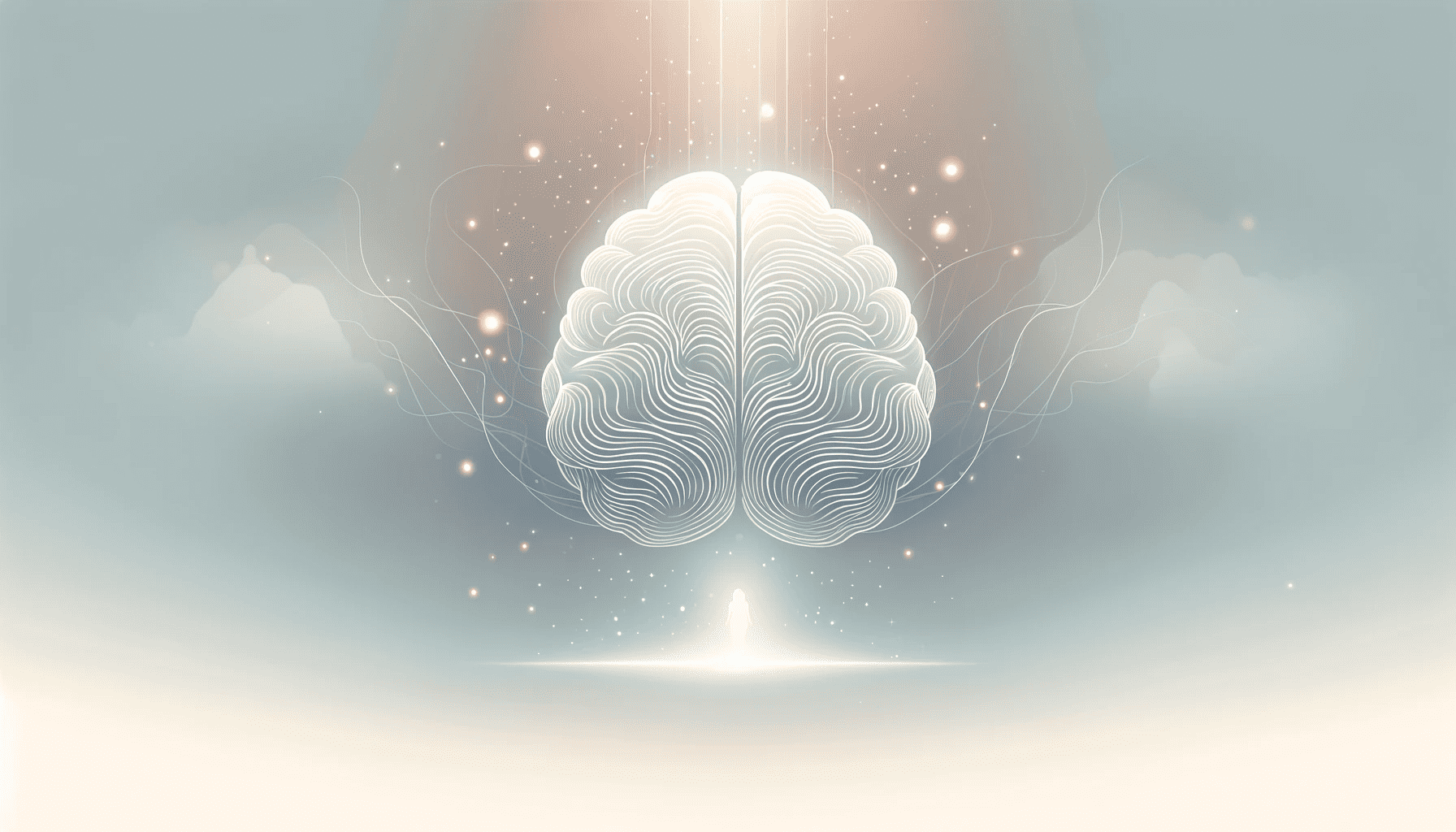
What happens after we die? Although whether there’s an afterlife or even such a thing as a soul are the kind of questions science may never be able to answer, modern tools allow scientists to probe the next best thing: what goes on inside the human brain during its final fleeting moments.
Doctors were scanning the brain of an 87-year-old man with epilepsy searching for signs of seizures. During this routine procedure, the patient, unfortunately, suffered a heart attack and died shortly after. Yet, the man’s tragic death offered scientists the opportunity of a lifetime, allowing them to record brain activity 30 seconds before and after the patient’s heart stopped beating. Something like this has never happened before in the history of medicine.
The recorded activity of the dying brain suggests that, as we die, we experience the same neural activity as during dreaming, recalling memories, or meditating. It’s not so far-fetched to interpret these high-cognitive functions as life flashing before one’s eyes, according to the authors of a new study published in Frontiers in Aging Neuroscience.
“We measured 900 seconds of brain activity around the time of death and set a specific focus to investigate what happened in the 30 seconds before and after the heart stopped beating,” said Dr. Ajmal Zemmar, a neurosurgeon at the University of Louisville, who led the study.
“Just before and after the heart stopped working, we saw changes in a specific band of neural oscillations, so-called gamma oscillations, but also in others such as delta, theta, alpha, and beta oscillations.”

Gamma brain waves are the fastest brain oscillations and mainly occur when you’re highly alert and conscious. They’re associated with higher-order cognitive functions, being particularly active when we concentrate, dream, and meditate, as well as when the brain is engaged in memory retrieval, information processing, and conscious perception.
Near-death experiences
These brain wave oscillations are often associated with memory flashbacks and may explain anecdotal reports by people who have gone through near-death experiences, in which important life events are recalled in rapid succession.
“These findings challenge our understanding of when exactly life ends and generate important subsequent questions, such as those related to the timing of organ donation,” Zemmar said.
Near-death experiences are surprisingly common. A third of people who have come close to death say they’ve experienced such a profound experience. Common characteristics people report are feelings of contentment, psychic detachment from the body (such as out-of-body experiences), rapid movement through a long dark tunnel, and entering a bright light.
Neuroscientists Olaf Blanke and Sebastian Dieguez have previously proposed two types of near-death experiences. Type one is associated with the brain’s left hemisphere, featuring an altered sense of time and impressions of flying. Type two, involving the right hemisphere, is characterized by seeing or communicating with spirits, and hearing voices, sounds, and music.
It has always been unclear why there are different types of near-death experiences, but the fact that the brain goes into a sort of overdrive during our last moments alive could be telling. However, we should exercise caution because this is the first and single case when live brain activity was monitored during the process of dying in humans.
The patient had suffered injury, seizures, and swelling, so any conclusion cannot be generalized for the entire population. Nevertheless, these limited findings suggest that our final moments on Earth may be pleasant and peaceful. That’s comforting for both those about to pass and their families.
“As a neurosurgeon, I deal with loss at times. It is indescribably difficult to deliver the news of death to distraught family members,” Zemmar said.
“Something we may learn from this research is: although our loved ones have their eyes closed and are ready to leave us to rest, their brains may be replaying some of the nicest moments they experienced in their lives.”









